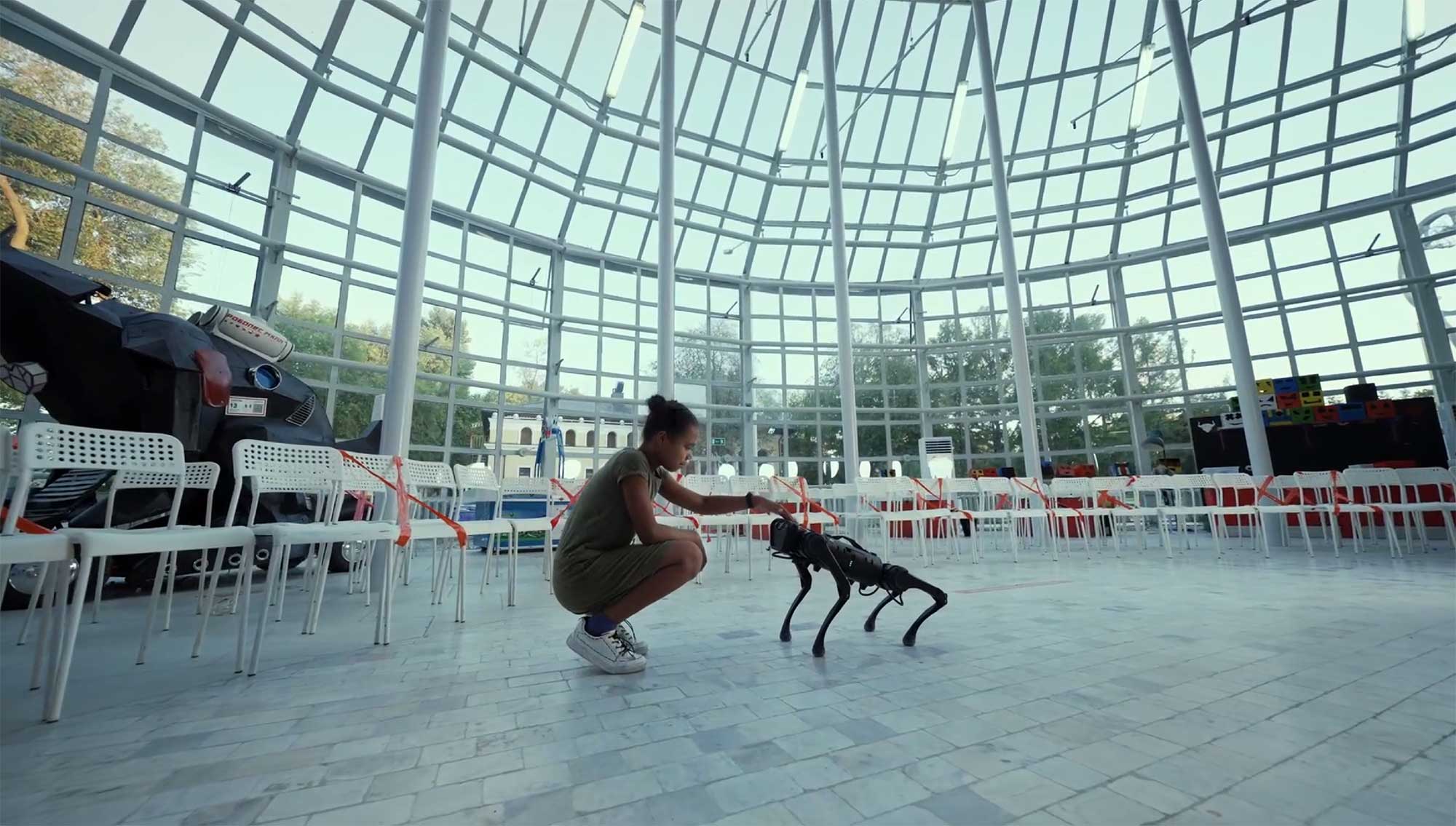Innovation
Trust, simulations and future trends
World Summit AI is one of the leading conferences in the field of artificial intelligence. During the two-day event, our AI team was on-site, listening to and speaking with world-class innovators from all across the globe, including leaders from Google, Nvidia, the FBI and Mila. These exchanges gave an exciting glimpse at several trends that are paving the way for the future.
Bad actors, regulations and trust
The impact of many recent political events has been as far-reaching as it has been unpredictable. In these times of heightened uncertainty, it is becoming increasingly important to prevent malicious uses of technology. Simultaneously, the unprecedented speed at which AI is advancing is making it increasingly difficult to keep harmful uses in check.
Luke Ballantine, the Technical Director at AKQA, described how his team was able to create an application that could create a video of another person and perfectly mimic their voice in real time. Fortunately, this was used to create a social deduction game as part of a Netflix marketing campaign, but the potential harm of such technologies is stark.
Many of the speakers at the World Summit called for more effort and funding to be allocated to predicting, preventing and regulating harmful AI. Prof. Yoshua Bengio even compared current AI development to “driving a truck up a windy mountain road in a heavy fog”.
Simulated data
While it is impossible to predict every possible use case of a new technology, there are ways in which we can drastically increase our predictive scope. By simulating highly realistic data, we can quickly see how an AI system will behave in staggering numbers of situations, which would take months or even years to do using real-world data.
Dr. Raquel Urtasun, the founder of Canadian autonomous trucking company, Waabi, explained how this approach enabled her team to predict the decision-making behaviour of their trucks with 99.7% accuracy. They are now able to use simulations to collect huge amounts of data and statistics about their trucks, while also flagging potentially erroneous behaviors. Given the implicit dangers of autonomous vehicles, this could save many lives.
Grouped services
Finally, the rapid adoption of AI over the past few years has led to many companies specializing in specific parts of the AI pipeline. For example, model hosting, containerisation or prompt tracing. Usually these are paid for with subscriptions, which often include additional unused services, which means that many customers are over-paying for their requirements.
Jérémie Farret, the CEO at Mind in a Box, calls this piecemeal approach a “death by a thousand cuts”. He predicts that future AI tools will start becoming more and more multi-purpose, encompassing much deeper slices of the AI stack. This trend was already noticeable at World Summit AI, as many companies were offering “bundled” services of multiple AI tools through a single platform.
Stepping into the future
AI innovations are moving faster and faster with each coming day and each new advancement comes with its own opportunities and challenges. If you need help with custom AI solutions then get in touch and let’s start the conversation.


Did this article start to give you some ideas? We’d love to work with you! Get in touch and let’s discover what we can do together.








.jpg)



